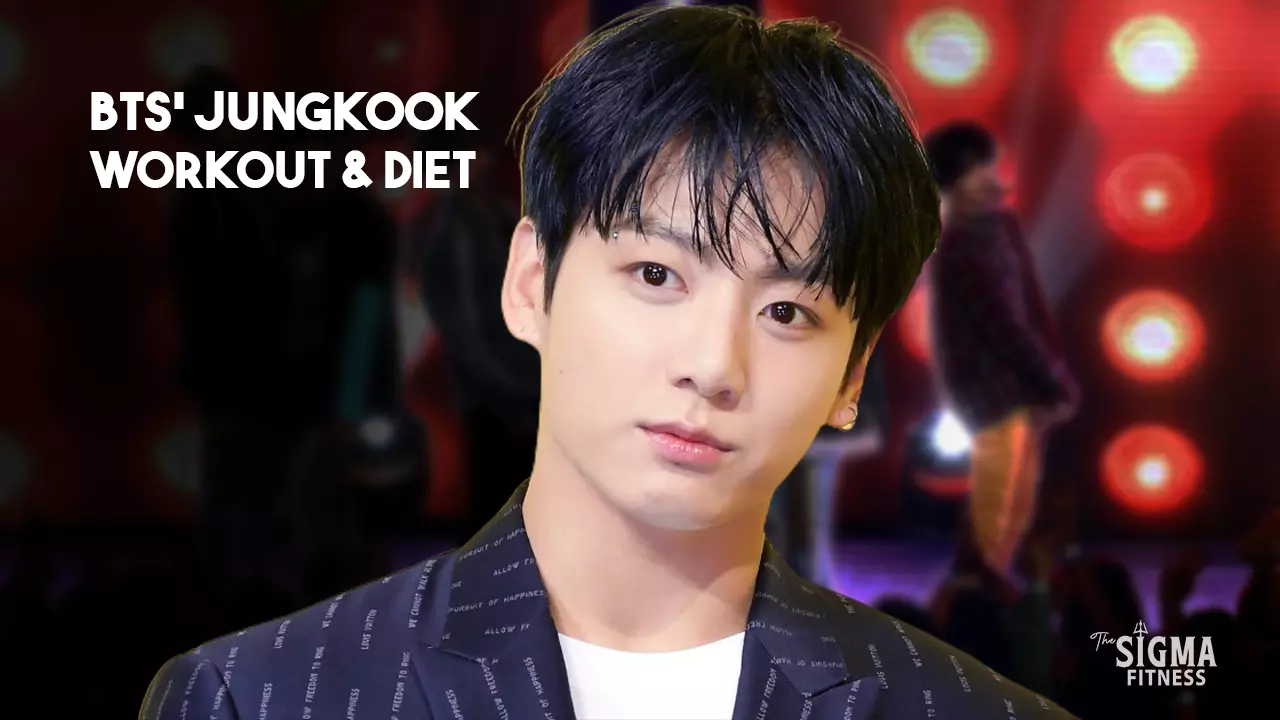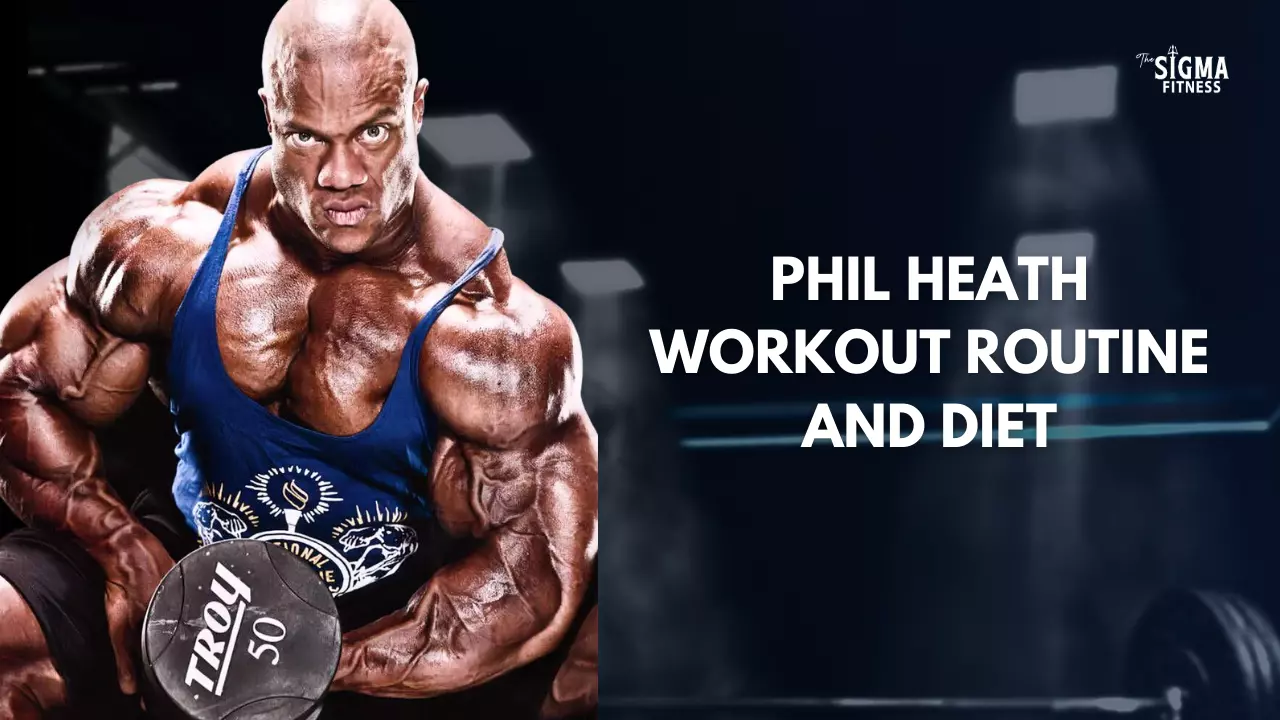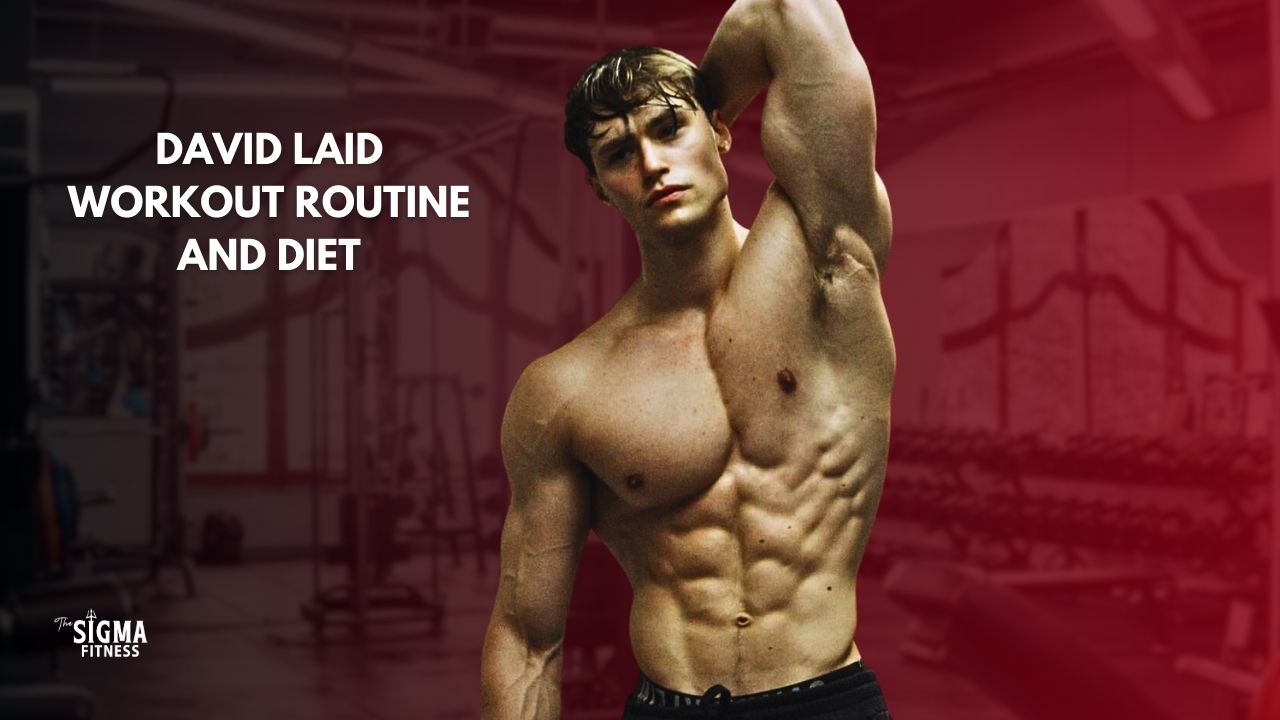Good morning and Romanian deadlifts (RDLs) are both exercises that target the same muscles of the posterior chain (hamstrings, glutes, and erectors), but choosing the right exercise for your needs can be a crucial decision.
If you’re seeking to determine which exercise offers more advantages, safety, and effectiveness, you’re in the right place.
This article presents a comprehensive comparison between good mornings and RDLs, highlighting their differences and helping you identify the exercise that suits you best.
By exploring this article, you will gain valuable insights and uncover informative details regarding the “good morning vs RDL” debate.
Let’s dive in and discover the optimal exercise for your fitness journey.
Good Morning vs RDL (Romanian Deadlift)
| Aspect | Good Morning | Romanian Deadlift (RDL) |
|---|---|---|
| Primary Muscles | Hamstrings, Glutes, Lower Back | Hamstrings, Glutes, Lower Back |
| Starting Position | Barbell resting on trapezius muscles, feet shoulder-width apart | Barbell or dumbbells in front of thighs, feet shoulder-width apart |
| Movement | Hinging forward at the hips, maintaining a flat back, lowering torso parallel to the ground or slightly below | Hinging forward at the hips, maintaining a slight knee bend, allowing weights to lower towards the floor |
| Emphasis | Strengthening posterior chain, improving hip mobility, enhancing lower back stability | Developing hamstring and glute strength, improving hip hinge mechanics, enhancing posterior chain development |
| Equipment | Barbells, dumbbells, resistance bands | Barbells, dumbbells, kettlebells |
| Safety Considerations | Proper form and lighter weights to avoid lower back strain | Maintaining a neutral spine, engaging the core, initiating movement from the hips |
| Application | Strength training, powerlifting, sports conditioning | Improving athletic performance, weightlifting, enhancing daily activities |
Difference Between RDL (Romanian Deadlift) and Good Mornings
The Good Morning and Romanian Deadlift (RDL) are exercises that work the muscles in your backside called the posterior chain. They have some similarities, but there are also important differences between them.
Starting Position:
- Good Morning: You start with a barbell on your upper back.
- RDL: You hold the barbell or dumbbells in front of your thighs.
Movement:
- Good Morning: You bend forward at the hips while keeping your back straight, lowering your body parallel to the ground.
- RDL: You also bend at the hips but with a slight bend in your knees. This allows the weights to lower toward the floor, stretching your hamstrings.
Muscle Focus:
- Good Morning: It puts more emphasis on your lower back, requiring stability and engaging your back muscles.
- RDL: It focuses more on the hamstrings and glutes, helping to strengthen those muscles and improve hip movement.
Equipment:
- Good Morning: It’s commonly done with a barbell across your upper back.
- RDL: You can use a barbell or dumbbell held in front of your thighs.
Safety Tips:
- Good Morning: Start with lighter weights and keep your back flat to avoid straining your lower back.
- RDL: Keep your back straight, engage your core, and initiate the movement from your hips to prevent injuries.
Application:
- Good Morning: It’s used in strength training, powerlifting, and sports conditioning to improve lower back stability and hip mobility.
- RDL: It’s great for developing hamstring and glute strength, improving athletic performance, and weightlifting.
Benefits of Good Mornings and Romanian Deadlift (RDL)
Both the Good Morning and Romanian Deadlift (RDL) exercises offer numerous benefits for strengthening and developing the posterior chain muscles, enhancing overall lower body strength, and improving athletic performance. Here are the key benefits of each exercise:
Good Morning Benefits:
- Posterior Chain Development: Good mornings primarily target the hamstrings, glutes, and lower back, promoting muscle growth and strength in these areas. Strengthening the posterior chain improves functional movements like running, jumping, and lifting.
- Hip Mobility: Performing good mornings requires proper hip hinge mechanics, which can enhance hip mobility and flexibility. This can be beneficial for activities that require a wide range of motion in the hips, such as sports and daily functional movements.
- Core Stability: Good mornings engage the core muscles to maintain a stable and supported spine throughout the movement. Strengthening the core can improve overall stability and reduce the risk of lower back injuries.
- Lower Back Strength: Good mornings target the muscles in the lower back, promoting strength and stability in this area. Strengthening the lower back can help alleviate lower back pain and improve posture.
Romanian Deadlift (RDL) Benefits:
- Hamstring and Glute Strength: RDLs are highly effective for targeting and strengthening the hamstrings and glutes. Developing these muscles not only enhances lower body strength but also improves athletic performance in movements like sprinting, jumping, and squatting.
- Hip Hinge Mechanics: RDLs emphasize proper hip hinge mechanics, teaching the body to hinge at the hips and activate the posterior chain effectively. This movement pattern is crucial for optimal lifting technique and athletic performance.
- Posterior Chain Development: RDLs engage the entire posterior chain, including the hamstrings, glutes, and lower back. Strengthening these muscles helps improve overall power, stability, and balance.
- Athletic Performance Enhancement: The RDL is a functional exercise that mimics movements used in various sports, such as deadlifting, jumping, and explosive hip extension. By improving posterior chain strength and power, RDLs can enhance athletic performance and overall functional abilities.
It’s important to note that both exercises require proper form and technique to reap the benefits and reduce the risk of injury.
Start with lighter weights and gradually increase the load as your strength and technique improve.
Muscles Worked in Good Mornings and Romanian Deadlift
Both the Romanian Deadlift (RDL) and Good Morning exercises target the posterior chain muscles, which include the hamstrings, glutes, and lower back.
However, there are slight differences in how these muscles are engaged during each exercise. Here’s a breakdown of the muscles worked in both exercises:

Muscles Worked in the Romanian Deadlift (RDL):
- Hamstrings: The RDL primarily targets the hamstrings, specifically the biceps femoris, semitendinosus, and semimembranosus muscles. These muscles are responsible for knee flexion and hip extension, which are key movements in the RDL.
- Glutes: The gluteus maximus, the largest muscle in the gluteal group, is heavily engaged during the RDL. It works synergistically with the hamstrings to perform hip extension, allowing you to stand up straight and push your hips forward at the top of the movement.
- Erector Spinae: The erector spinae muscles, located along the spine, are activated to stabilize the back during the RDL. These muscles play a crucial role in maintaining an upright posture and preventing excessive forward flexion of the spine.
- Quadriceps: While not the primary focus, the quadriceps muscles, including the rectus femoris, vastus lateralis, vastus medialis, and vastus intermedius, are involved in knee extension to support the movement during the RDL.
Muscles Worked in the Good Morning:
- Erector Spinae: The erector spinae muscles are highly engaged during the Good Morning exercise to maintain an upright posture and stabilize the spine throughout the movement. These muscles include the spinalis, longissimus, and iliocostalis muscles.
- Hamstrings: Similar to the RDL, the Good Morning targets the hamstrings, specifically the biceps femoris, semitendinosus, and semimembranosus muscles. These muscles are responsible for the hip hinge movement and play a crucial role in lowering the torso during exercise.
- Glutes: The gluteus maximus is also activated during the Good Morning to assist in hip extension, working in conjunction with the hamstrings.
- Adductor Magnus: The adductor magnus, located on the inner thigh, is involved in stabilizing the hip during the Good Morning exercise.
While these are the primary muscles worked in each exercise, it’s important to note that other supporting muscles, such as the calves, core muscles, and upper back muscles, also play a role in stabilizing the body and assisting in the movements.
Incorporating both the RDL and Good Morning exercises into your training routine can help develop a well-rounded posterior chain, improving strength, stability, and athletic performance.
Just remember to use proper form. Let us help you with it now. We’ll discuss the proper form and technique of both exercises.
Proper Form & Technique of Good Mornings and RDL
Good Morning:
- Starting Position: Stand with your feet shoulder-width apart. Place a barbell across your upper back, resting it on your trapezius muscles. Holding dumbbells at your sides is another option.
- Movement:
- Engage your core and maintain a neutral spine throughout the exercise.
- With a slight bend in your knees, begin hinging forward at the hips.
- Keep your back flat and lower your torso by pushing your hips back until it’s parallel to the ground or slightly below.
- Pause briefly at the bottom, then return to the starting position by extending your hips and squeezing your glutes.
- Keep your knees slightly bent throughout the movement and avoid rounding your back.
Romanian Deadlift (RDL):
- Starting Position: Stand with your feet shoulder-width apart. Hold a barbell or dumbbell in front of your thighs with a pronated (overhand) grip.
- Movement:
- Engage your core, maintain a neutral spine, and slightly bend your knees.
- Begin the movement by hinging at the hips and pushing them back while maintaining the slight knee bend.
- Lower the weights toward the floor, maintaining a flat back and a slight arch in your lower back.
- Keep the barbell or dumbbells close to your legs and focus on feeling a stretch in your hamstrings.
- Once you reach the maximum stretch or a position where your flexibility allows it, reverse the motion by driving your hips forward.
- Squeeze your glutes and return to the starting position, maintaining control throughout the movement.
General Tips for Both Exercises:
- Start with lighter weights to practice proper form and technique before gradually increasing the load.
- Keep your movements slow and controlled, focusing on engaging the targeted muscles throughout the entire range of motion.
- Avoid using momentum or jerking motions to lift the weight, as this can lead to improper form and potential injury.
- Keep your neck straight by lifting your chest and pulling your shoulders back.
- Breathe naturally throughout the exercise, exhaling as you exert force during the lifting phase.
- If you experience any pain or discomfort, stop the exercise and reassess your form. Consult a fitness professional if needed.
Use these guidelines for proper form and technique of both exercises, but from my experience, I advise you to do these exercises under the supervision of a fitness professional when beginning.
Yes, these exercises have numerous benefits, but remember that if not done with proper form and technique, you might increase the chance of a potential injury.
Alternative Exercises of RDL and Good Morning
Here are some alternative exercises that target similar muscle groups as the Good Morning and Romanian Deadlift (RDL):
Alternative Exercises to Good Mornings:
- B Stance Hip Thrusts:
- This exercise primarily targets the glutes and hamstrings. It involves sitting on the floor with your upper back against a bench, a step forward with one foot while keeping the other foot slightly back.
- placing a barbell across your hips, and driving your hips upward until your body forms a straight line. A b-stance hip thrust is simply an advanced version of a normal hip thrust, or you can call it a single-leg hip thrust.
- Glute Bridge:
- Similar to hip thrusts, glute bridges activate the glutes and hamstrings. Lay on your back with your knees bent and your feet flat on the ground. Lift your hips off the floor, squeezing your glutes at the top, and then lower back down.
- You can add resistance by placing a barbell or resistance band across your hips.
- Back Extensions:
- This exercise targets the lower back and glutes. Start by positioning yourself face down on a back extension bench or stability ball, with your feet secured.
- Lower your upper body towards the floor, then raise it back up by contracting your lower back and glutes. Maintain control throughout the movement.
Alternative Exercises to Romanian Deadlifts (RDL):
- Single-Leg Romanian Deadlift:
- This exercise focuses on balance and stability while targeting the hamstrings, glutes, and core. Stand on one leg, slightly bend the knee, and hinge forward at the hips.
- Extend the opposite leg straight behind you as your upper body lowers towards the ground. Return to the starting position and repeat on the other leg.
- Stiff-Leg Deadlift:
- This variation is similar to the RDL but involves keeping the knees extended throughout the movement. Holding a barbell or dumbbells in front of your legs, stand with your feet hip-width apart.
- Hinge at the hips, lower the weights towards the ground while keeping your back straight, and return to the starting position by squeezing your glutes.
- Kettlebell Swings:
- This dynamic exercise targets the posterior chain, including the glutes and hamstrings. Stand with your feet shoulder-width apart, holding a kettlebell with both hands between your legs.
- Hinge at the hips, swing the kettlebell forward and upward, and snap your hips forward to generate momentum. Control the downward swing and repeat the movement.
Conclusion: Which is More Effective for You
In conclusion, the Good Morning and Romanian Deadlift (RDL) exercises target the posterior chain muscles effectively.
Good Morning vs RDL (Romanian Deadlift), However, the choice of which exercise is more effective for you depends on individual factors like muscle emphasis, strength, mobility, and personal preferences. Both exercises have unique benefits and can be incorporated into your fitness routine.
The Good Morning exercise focuses on the lower back, core stability, and hip mobility. It helps strengthen the lower back, improve posture, and enhance hip hinge mechanics.
On the other hand, the RDL targets hamstring and glute strength, posterior chain development, and athletic performance. It is great for increasing hip strength, improving hamstring flexibility, and enhancing power in movements like deadlifting and jumping.
To determine which exercise is best for you, try both and assess how your body responds. Start with lighter weights, use proper form and technique as mentioned above, and gradually increase the intensity.
Seeking guidance from a fitness professional can also provide valuable insights tailored to your needs.
Remember, both exercises offer unique benefits. Combining them can enhance lower body strength and development.
Listen to your body, monitor progress, and make adjustments as needed to find the exercise that suits you best.




1 thought on “Good Morning vs RDL (Romanian Deadlift)”